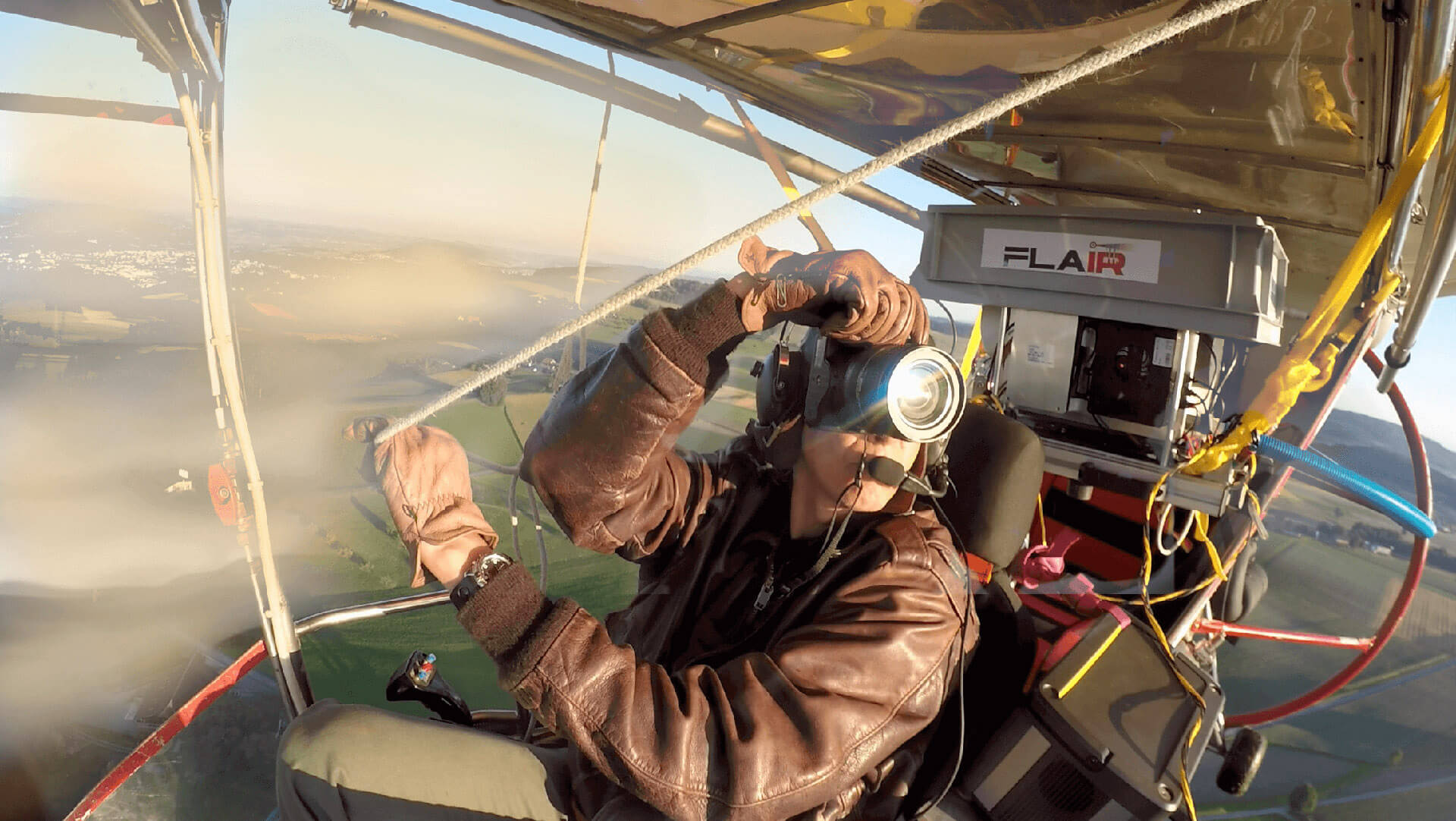
FLAIR - THE ”FLYING DOG” SNIFFING FOR AIR POLLUTION

The problem with most sensors, however, is that they are developed to detect one type of gas. They are also stationary, which can make it difficult to locate the source of pollution, even with established monitoring networks.What if we could monitor and operate in remote or dangerous areas outside of these networks? Well, we would need a mobile gas detection method that operates across the entire spectrum.
This is the FLAIR research project; it exists and is flying successfully. A high-performance sensor that can be mounted on a mobile airborne platform, such as a drone, sniffing and providing a large scale, pervasive air-quality monitoring data.
Globally, significant efforts are dedicated to improving air quality, but these measures need to be accompanied by air quality monitoring at a large scale. Temporary polluters from ships and catastrophic events such as wildfires, volcanic eruption and chemical accidents are dangerous situations that can result in new, unknown chemical gases. FLAIR enables access and air quality monitoring possibilities into these dangerous and remote areas.
In this webinar you will learn more about: - How the FLAIR research project came about
- Why it is important to monitor outdoor air quality
- Pollution and dangerous environmental gases
- Which are the targeted areas and why?
- Why the need to monitor at large scales
- Gas detection technology: what it is and how it works (infrared technology)
- How molecular spectroscopy plays an important role
- Changing wavelengths with fibers
- Sensor integration and data communication
- Technological challenges
- Our achievements
- Technology gaps for future research